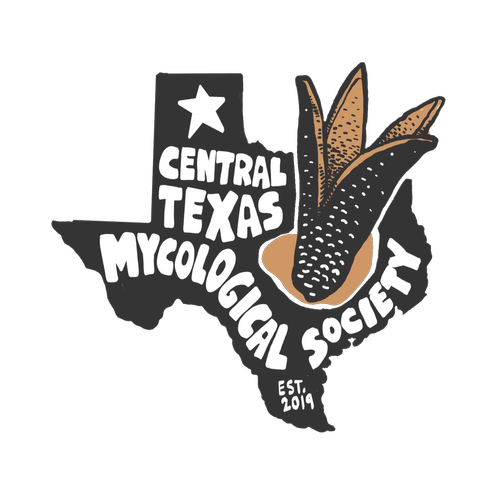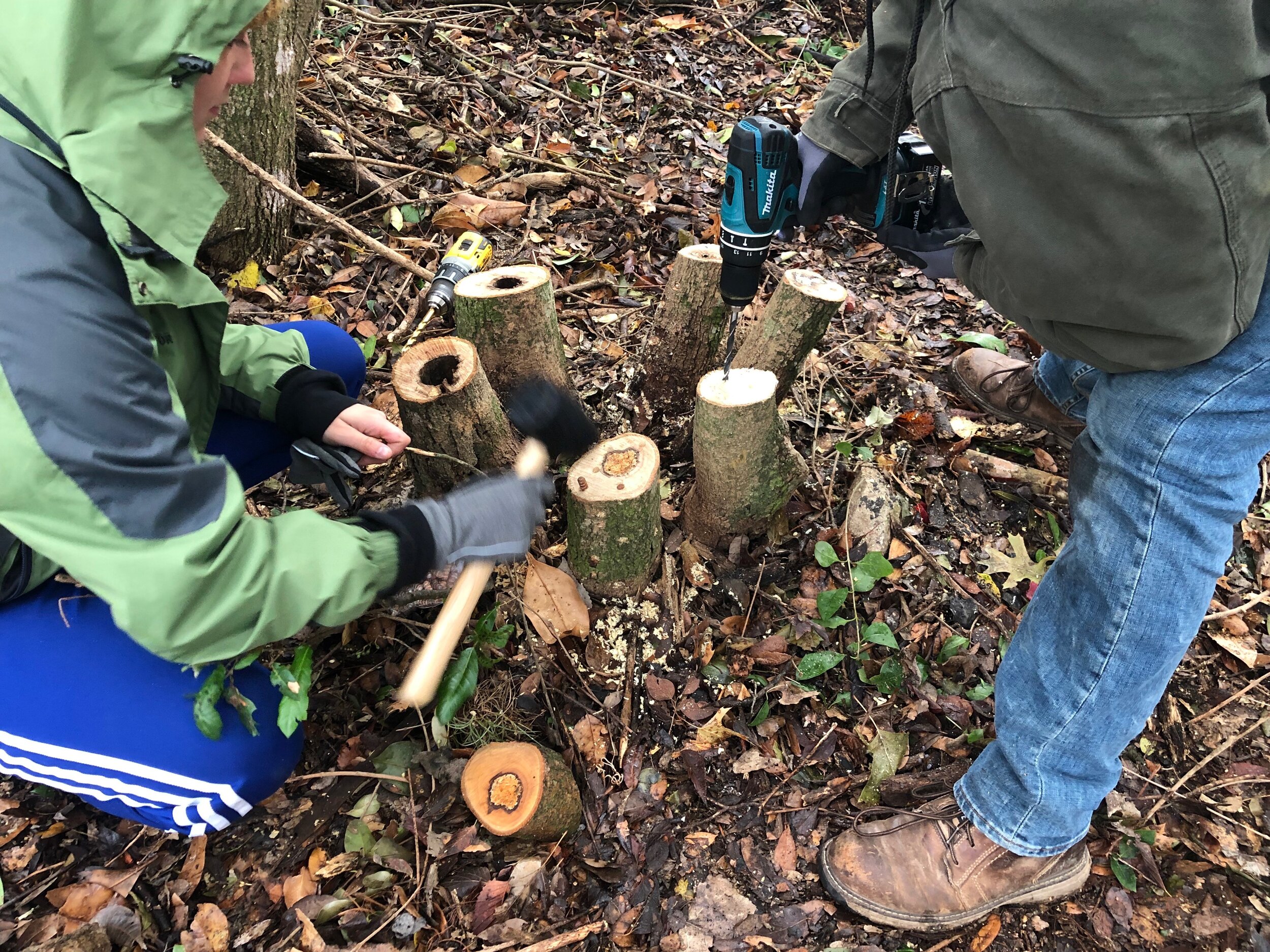mushrooms of Texas project
There are an estimated 2.2-3.8 million species of Fungi in the world. However, the data related to fungal genetics is heavily influenced by a lack of samples and a variety geographic locations. CTMS seeks to correct this sampling bias by collecting fungi of all types, identify them, and connect that data with scientists to analyze. This is a great way to bridge the information gap between the halls of academia and the general public.
The purpose of this project is to enhance our understanding of the distribution of mushrooms and other fungi in Texas. We use an application called iNaturalist to collect and manage observations of our local fungi.
Chorioactis geaster - This mushroom is commonly known as the devil's cigar or the Texas star in the United States, while in Japan it is called kirinomitake ( キリノミタケ ).
Removing Invasive Species with Fungi
Conventional methods for removing invasive species rely on herbicides and most often the herbicide glyphosate (Round Up), which has been shown to cause cancer in people regularly using the chemical. In addition to the health risk, using herbicides to control invasive species can have a detrimental effect on other organisms in the ecosystem. Using wood-loving fungi to decompose wood from invasive species and stop future growth maybe one method for those looking to manage ecosystems without toxic chemicals.
The purpose of the project is to establish the efficacy and methodology for utilizing saprophytic fungi to control invasive or ‘weedy’ tree species.





